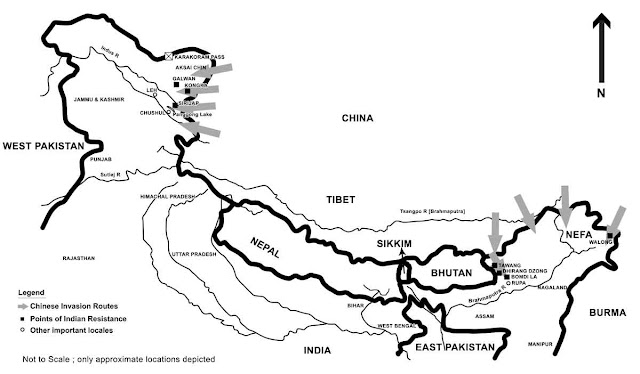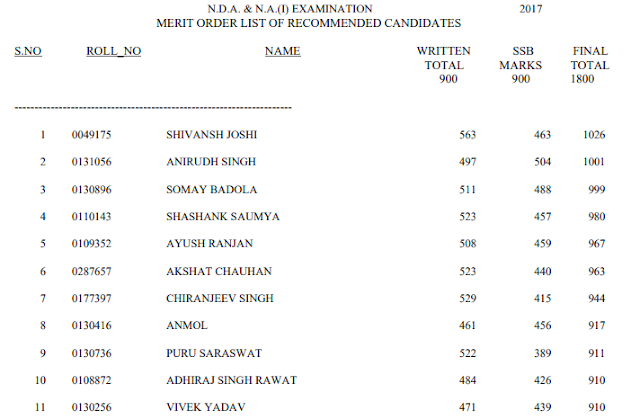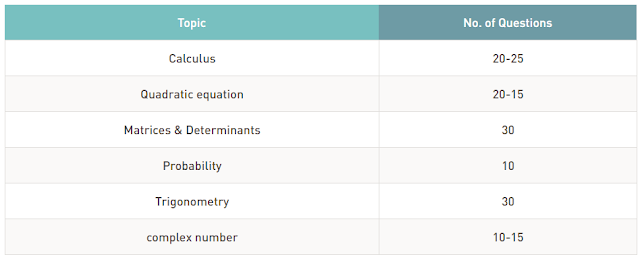Writing
September 22, 2018
Does Universal health care system unfairly exploit the health conscious taxpayes
AGAINST
“Universal health
care should be a right, not a luxury”
“Knock knock”.
” Who’s this?”.
“I’m a disease. I have come to embrace you for the rest of
your life.”.
Diseases
come uninvited in our lives and if we are in an economically unstable position
to defend them, then we fall in a perpetual cycle of diseases. 63 million
Indians are pushed into poverty by health expenses each year and these are the
people who are below poverty line. How can we think of them being health
conscious when they cannot afford two square meals a day? It’s the people who
are well of and rich to an extent who live a healthy lifestyle. So it isn’t wrong
when they are paying a part of their lavish wealth for the betterment of the
society. In fact, human beings are social animals and they should help each
other.
Defining
the topic is like saying that,” Since a person earns more money and all of that
is earned by him, why should he give it to someone else?”.
How
many would like to die early? None. So the very fact that there are people who
neglect their health is a fallacy. It might be a very meagre percentage of people.
And we all know that even diamond isn’t purest. So is the case with our
society.
It’s
not that health conscious people don’t get diseases. So if they have some
health problems then they can also avail the benefits of universal health care.
It aims at inclusive growth and development of the citizens. People should feel
proud that they are paying taxes to save someone else’s life. In fact,
universal health care system reduces the overall cost of medical treatment for
everyone and improves the quality as there is a unified system of health care
run by the country. Totally everyone is benefitted from it.
It’s always said “Prevention is better than cure”. In the
same way we can effectively use the health care system and address people who aren’t
health conscious and bring them to the right track. This will reduce the tax
burden on everyone will become an active part of the universal health care
system.
Thus I strongly believe that Universal health care system doesn’t
exploit the health conscious taxpayers.
















